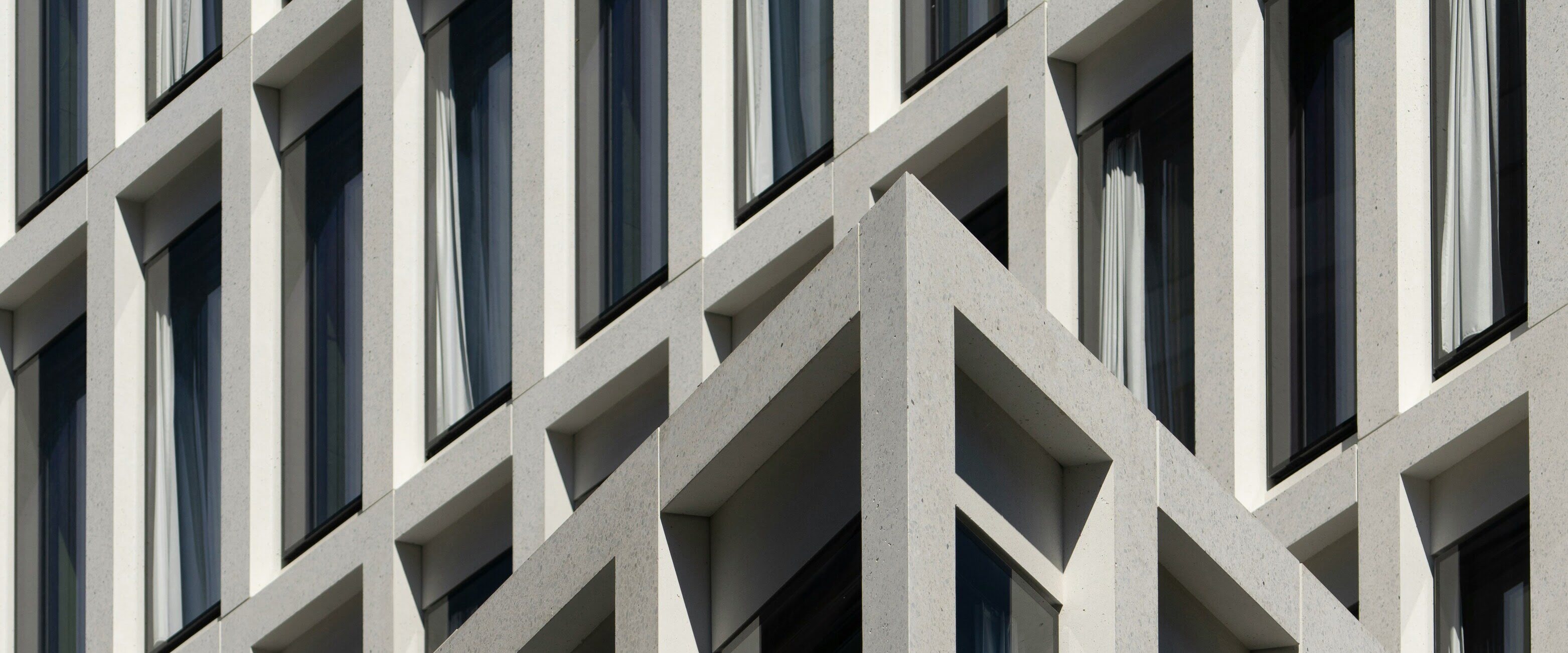© 2025 Kolour Design Partners Inc.
.png)
In a world of increasing complexity, tighter timelines, and more integrated delivery models, shared structure and language matter more than ever. That’s why UniFormat is no longer just a specification tool — it's a critical framework every architect and contractor should understand and apply.
UniFormat is a standardized classification system that organizes building elements by function — think “Foundations,” “Exterior Enclosure,” or “HVAC Systems” — rather than by materials or products. It’s commonly used in early design, cost planning, and scope breakdowns.
Unlike MasterFormat, which categorizes components by trade or material (e.g., "Metal Stud Framing"), UniFormat groups them by what they do. That makes it ideal for early-stage planning, collaboration, and data-driven project management.
For architects, UniFormat enables clearer design intent, more effective coordination, and better alignment with owners and estimators. Using UniFormat early in schematic design makes it easier to:
It also makes your design more actionable—translating vision into something owners and builders can align around.

For contractors, UniFormat is a bridge between design and constructability. It simplifies communication with design teams and helps map scope to budget more clearly. It also supports:
When architects use UniFormat early and contractors understand it downstream, you get fewer gaps, fewer assumptions, and far less risk.
In fast-paced or collaborative delivery models (like Design-Build, CM-at-Risk, or IPD), UniFormat gives everyone a shared language. It helps align:
Using UniFormat makes it easier to track scope, compare design iterations, and align drawings, models, estimates, and schedules.
At Kolour, we see UniFormat as more than just a coding system — it’s a coordination tool. When used well, it creates clarity across teams, minimizes rework, and streamlines the entire delivery process from concept through construction.
In a world where data is becoming as valuable as drawings, knowing UniFormat isn’t optional—it’s essential.
Want to learn how Kolour structures models and documentation to support clearer delivery? Reach out to us—we’re here to help you build smarter.